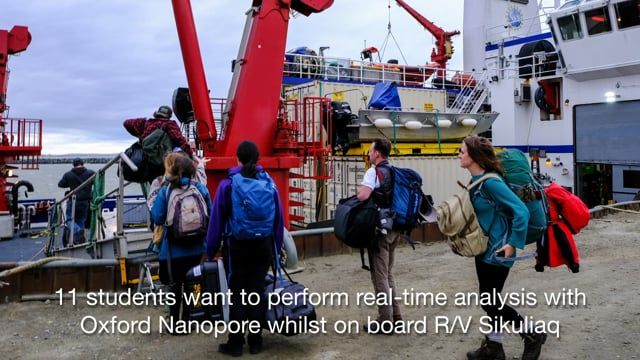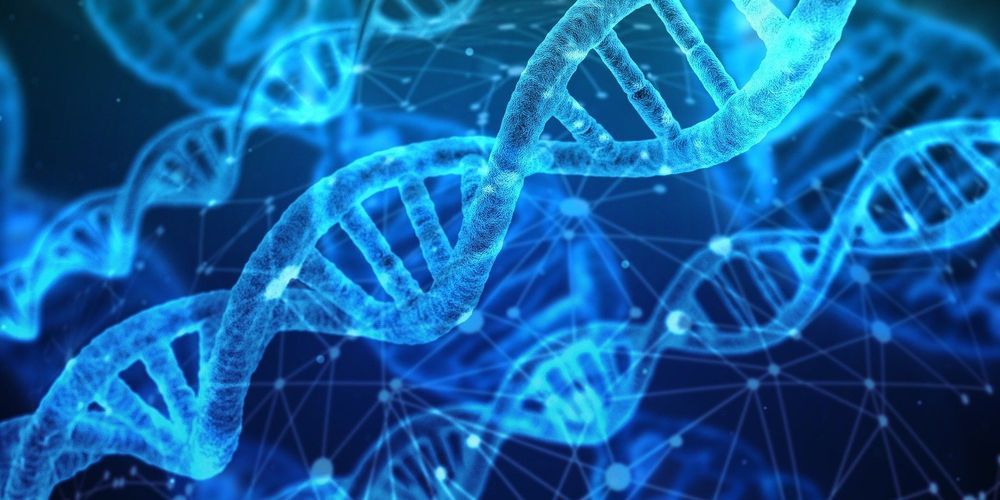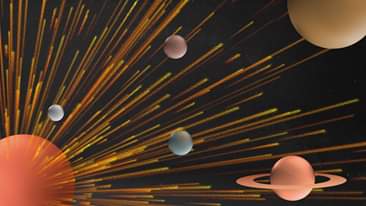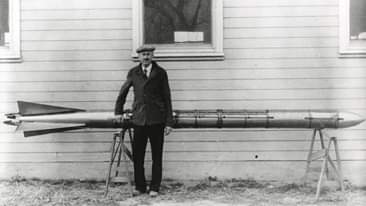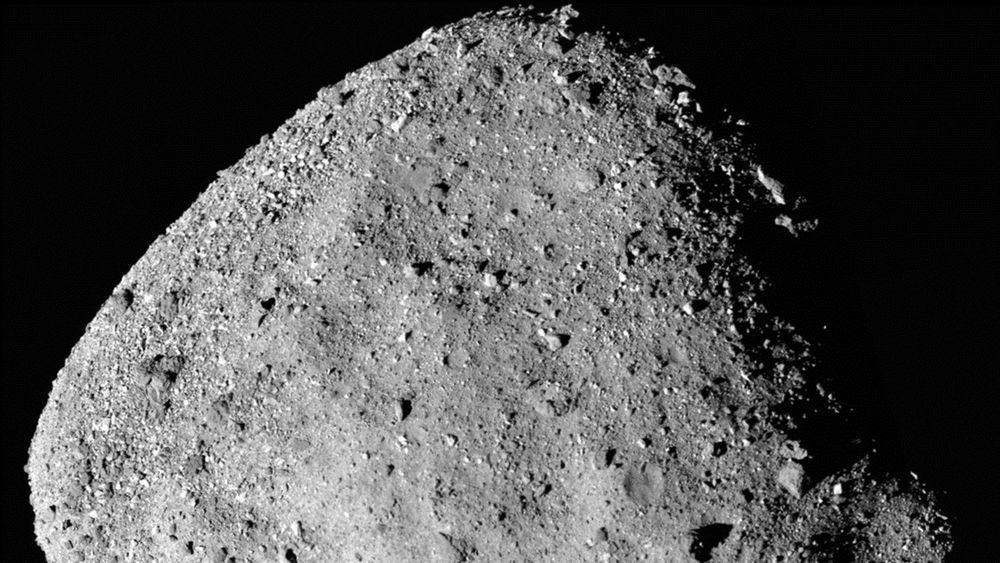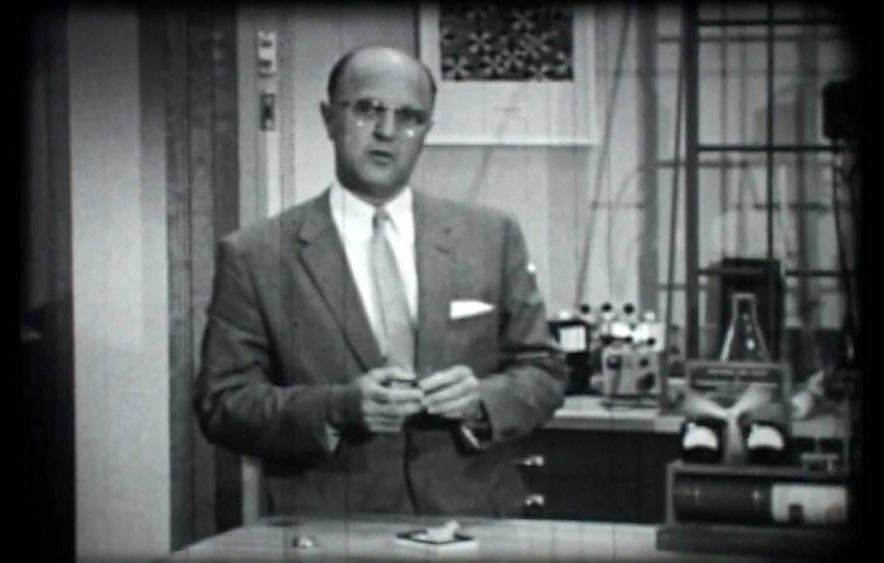Oct 19, 2020
Portable Sequencing Is Reshaping Genetics Research
Posted by Quinn Sena in categories: biotech/medical, genetics
Portable sequencing is making it possible for biologists to perform DNA analysis anywhere in the world. How is this technology reshaping the way they work?
Thanks to nanopore technology, scientists can now collect samples and sequence them anywhere. It is the concept of backpacking applied to scientific research.
Continue reading “Portable Sequencing Is Reshaping Genetics Research” »
